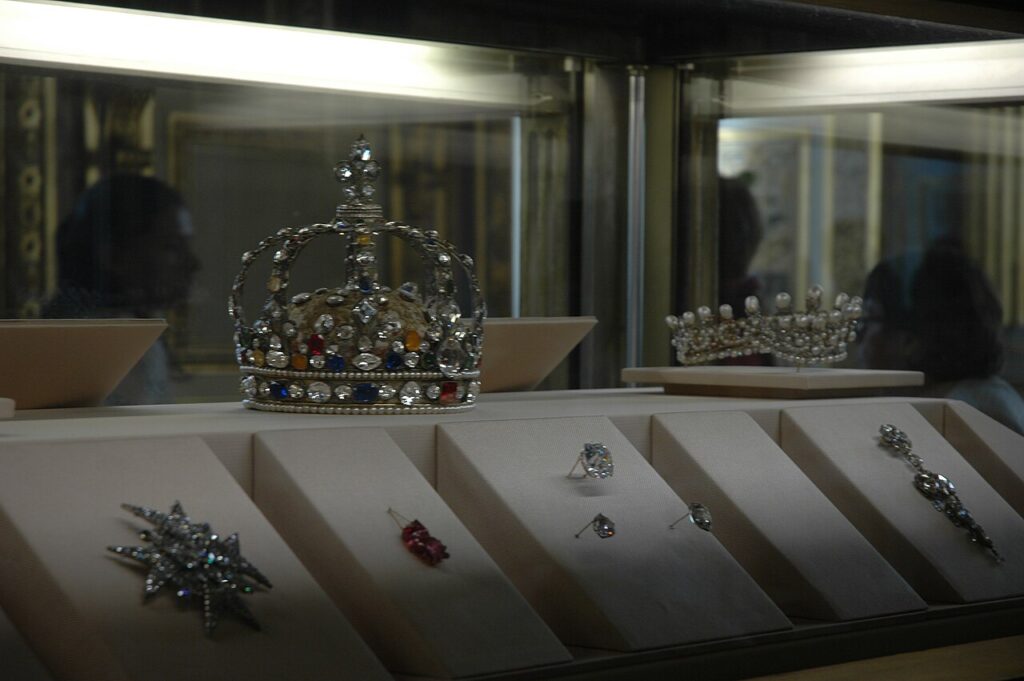Europe’s Christian Heritage and a Long History of Loss
The cultural, political, and religious heritage Europe owes to its Christian past was being plundered long before thieves raided the Louvre. That legacy was not only pillaged by obvious criminals but also reshaped and stripped away through politics, reform movements, and changing social priorities. The story that follows traces how buildings, ideas, and artifacts moved from sacred use into new hands and new meanings.
For centuries monasteries, cathedrals, and parish churches served as repositories of learning and art, safeguarding manuscripts, reliquaries, and liturgical objects. These institutions preserved not only religious practice but also schools, hospitals, and record-keeping that anchored local governance. When those institutions weakened or were suppressed, entire networks of knowledge and material culture became vulnerable.
Religious reform movements introduced sharp ruptures in cultural custodianship, from iconoclasm in earlier centuries to the Protestant Reformation that stripped altars and removed images. The French Revolution then accelerated that process with mass secularization and nationalization of church property. State seizure of ecclesiastical assets regularly led to sale, dispersal, or destruction of items once woven into communal life.
Legal and political shifts in the 19th century intensified this redistribution of heritage, as emergent nation states reorganized ownership and public space. Laws that transferred church lands and artworks into civic hands often aimed to modernize, but they also displaced the communities that had cared for those objects. In many cases preservation became a secondary concern to fiscal or ideological goals.
Parallel to legal change was a booming market for religious art and artifacts, fueled by collectors, dealers, and newly wealthy patrons. Items acquired during wars, diplomatic gifts, and colonial enterprises ended up in private collections and museums alike, far from their original settings. That global movement of objects reframed them as commodities or prestige goods rather than living elements of local worship and memory.
Beyond objects, Christian institutions shaped political culture through law, charity, and moral frameworks that outlived the buildings themselves. Canon law and ecclesiastical courts influenced property rights, education, and social welfare long after direct church control faded. As secular institutions absorbed those roles, the underlying vocabulary and reference points shifted, often erasing subtle religious traces in public life.
Today debates over restitution, conservation, and display expose the tensions created by centuries of transfer. Museums present fragments of sacred worlds without the rituals that gave those pieces meaning, while communities press for returns or contextual explanation. These conversations force a reckoning with how culture was moved, who benefited, and what responsibilities come with stewardship.
The theft of items from a museum like the Louvre is dramatic and headline grabbing, but it sits atop a much older pattern of removal and reclassification. Understanding that deeper history explains why many objects are disconnected from their original communities and why restitution questions are often fraught and complex. The chain of custody for Europe’s Christian inheritance is long and tangled, and it continues to shape how we value, protect, and interpret that past.



